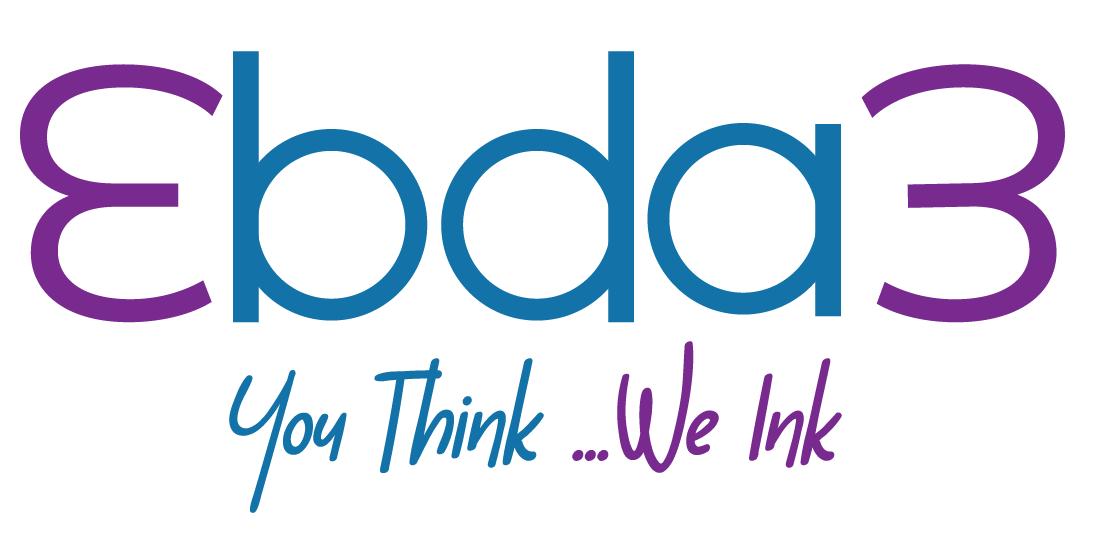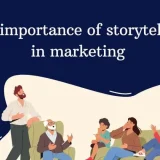Bridging the Gap: Integrating Education and Marketing for Enhanced Impact

In the evolving landscape of modern education and marketing, the lines between the two sectors are increasingly blurred. This convergence presents a golden opportunity for educators, marketers, and institutions to leverage synergies that benefit both parties. This blog explores the intricacies of integrating education with marketing, offering insights into how this strategic alliance can drive innovation, engagement, and success in both fields.
The Intersection of Education and Marketing
At its core, education is about imparting knowledge and skills, while marketing is about communicating value and driving action. When these two realms intersect, the result is a powerful blend that can transform traditional learning environments into dynamic, engaging spaces where knowledge meets demand. This integration is not just about selling courses or programs; it’s about creating meaningful connections between learners and the value they seek.
Understanding the Learner’s Journey
A critical aspect of integrating education with marketing is understanding the learner’s journey. This involves mapping out the path a potential student takes from initial awareness to enrollment and beyond. By applying marketing principles to this journey, educators can ensure that every touchpoint—from discovery to decision-making—is optimized for engagement and conversion. This holistic view helps in designing personalized learning paths that cater to individual needs and preferences, thereby enhancing the overall educational experience.
Leveraging Data and Technology
Data-driven insights and technology play a pivotal role in bridging education and marketing. By collecting and analyzing data on learner behavior, preferences, and outcomes, educators can tailor their offerings to meet market demands more effectively. Similarly, marketing professionals can use this data to develop targeted campaigns that resonate with potential students. Technologies such as Learning Management Systems (LMS), Customer Relationship Management (CRM) systems, and predictive analytics tools facilitate this seamless integration, enabling institutions to adapt quickly to changing trends and preferences.
Creating Value Beyond the Classroom
Marketing strategies often focus on tangible benefits like cost savings or career advancement. In contrast, education emphasizes intangible rewards like knowledge acquisition and personal growth. Integrating these perspectives means highlighting the intrinsic value of education alongside its practical applications. This approach not only attracts students but also fosters a deeper appreciation for lifelong learning and continuous improvement.
Building a Community Around Shared Values
One of the most powerful aspects of integrating education with marketing is the ability to build a community around shared values. By aligning educational content with societal needs and aspirations, institutions can attract like-minded individuals who are passionate about making a difference. This community-building aspect enhances the educational experience, providing a supportive network for learners to grow and succeed.
Case Studies and Best Practices
Examining case studies of successful integrations between education and marketing reveals common themes. Institutions that prioritize flexibility, personalization, and community engagement tend to see higher retention rates and greater satisfaction among their students. These successes underscore the importance of a holistic approach that considers both the educational and marketing objectives.
Conclusion
Integrating education with marketing is a strategic move that can revolutionize the way institutions approach learning and engagement. By understanding the learner’s journey, leveraging data and technology, creating value beyond the classroom, and building a community around shared values, educators and marketers can unlock new possibilities for growth and impact. As we navigate the future of education and marketing, the synergy between these two fields promises to redefine what’s possible in shaping the next generation of learners and leaders





